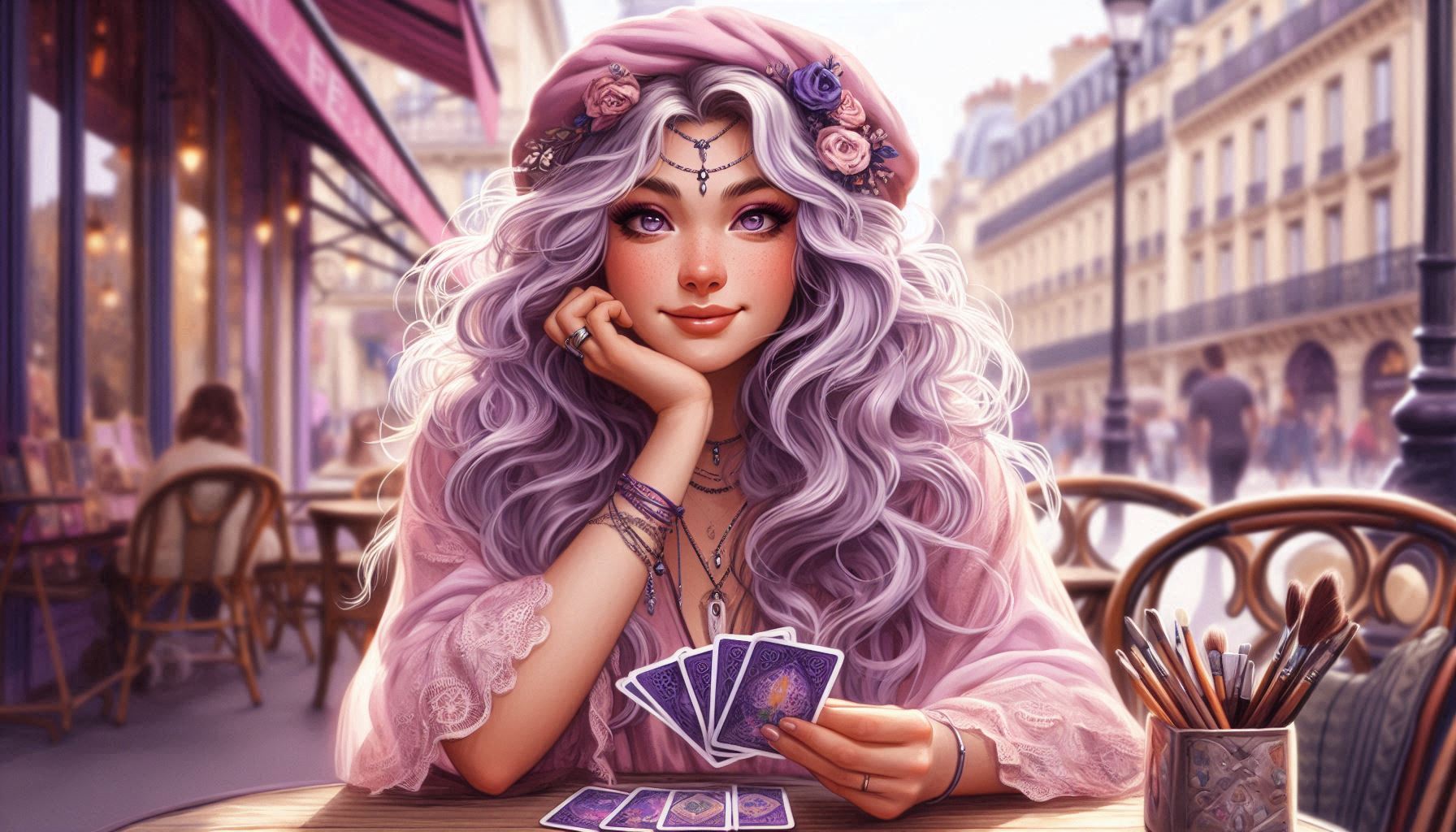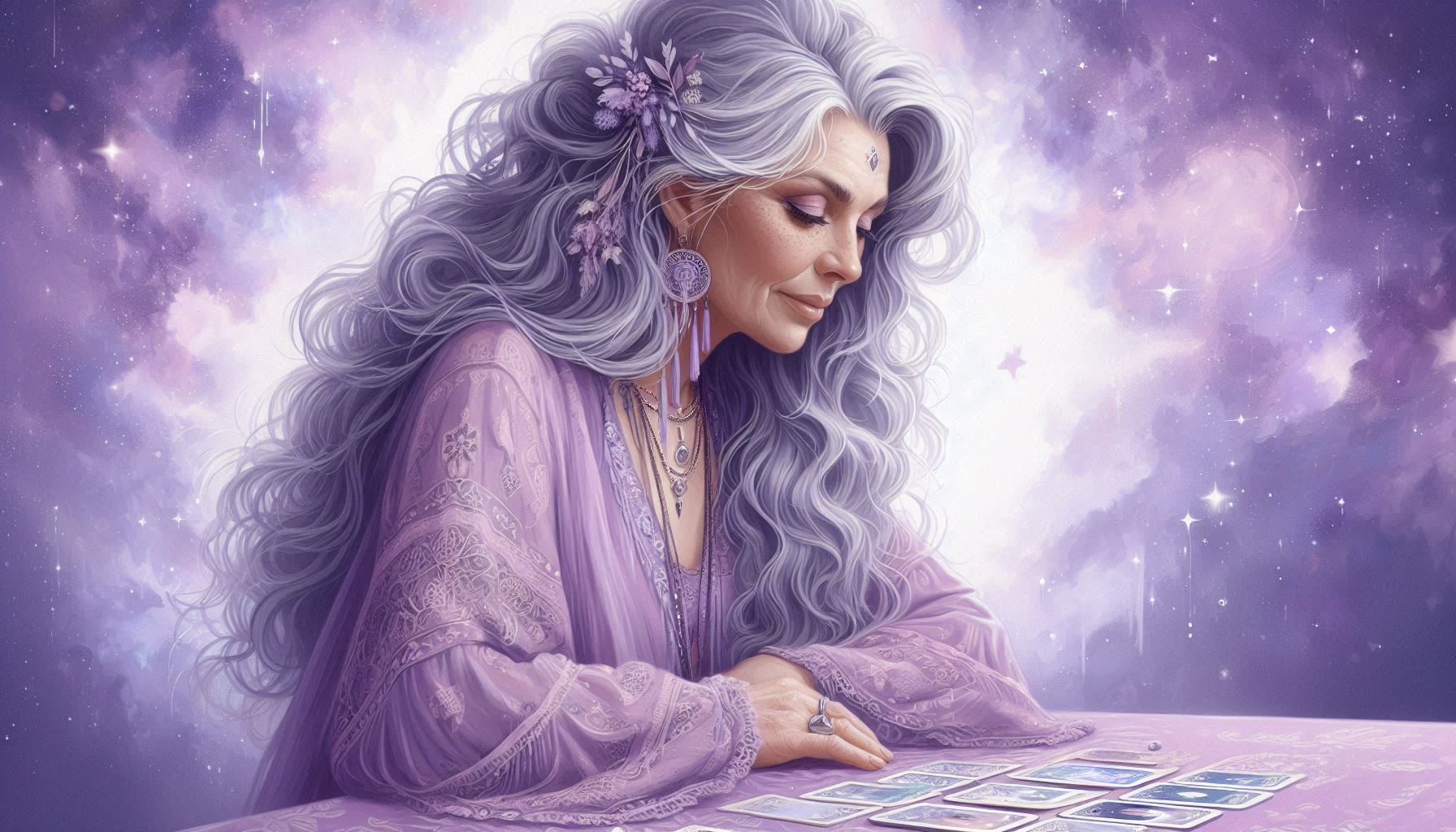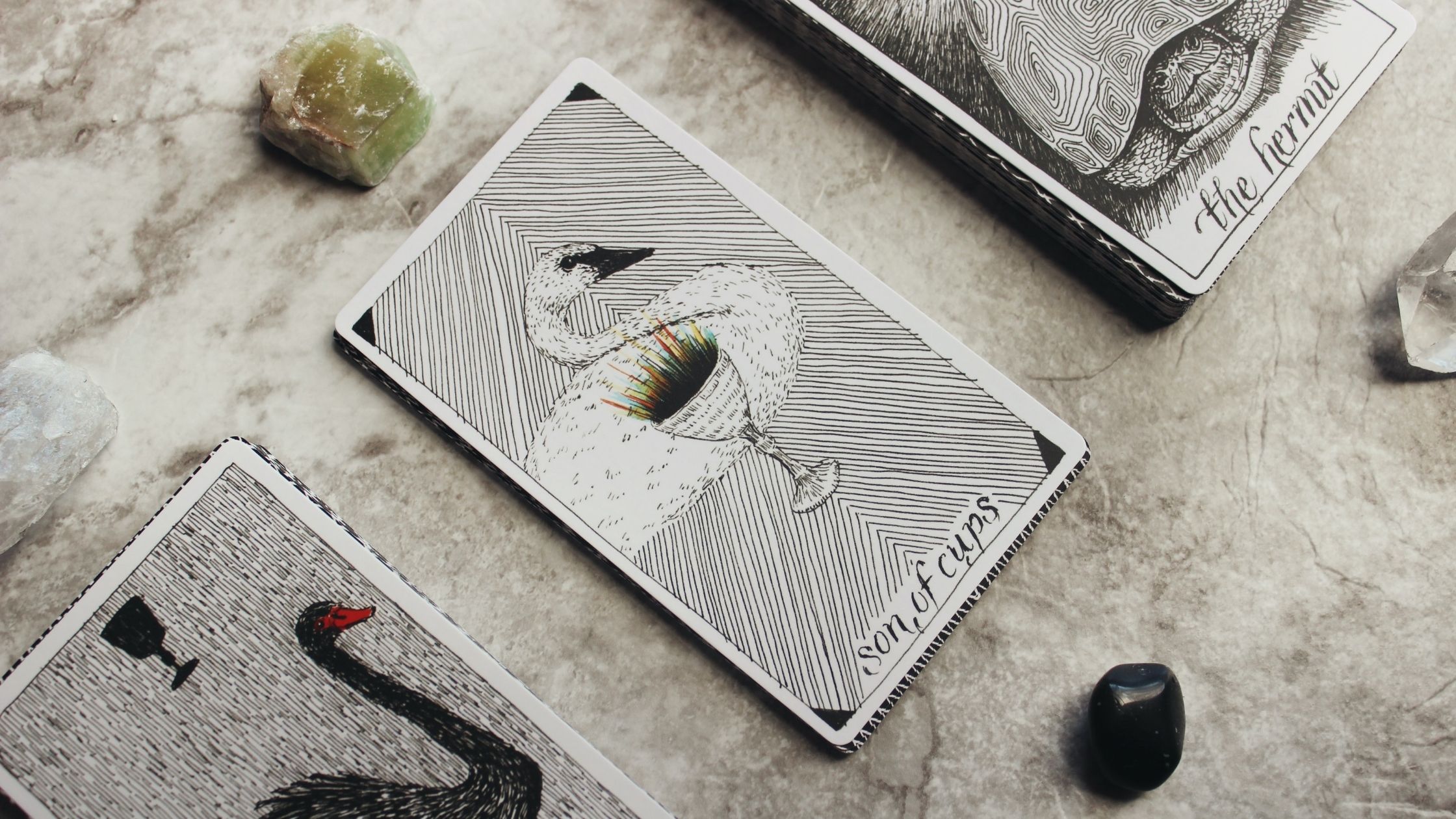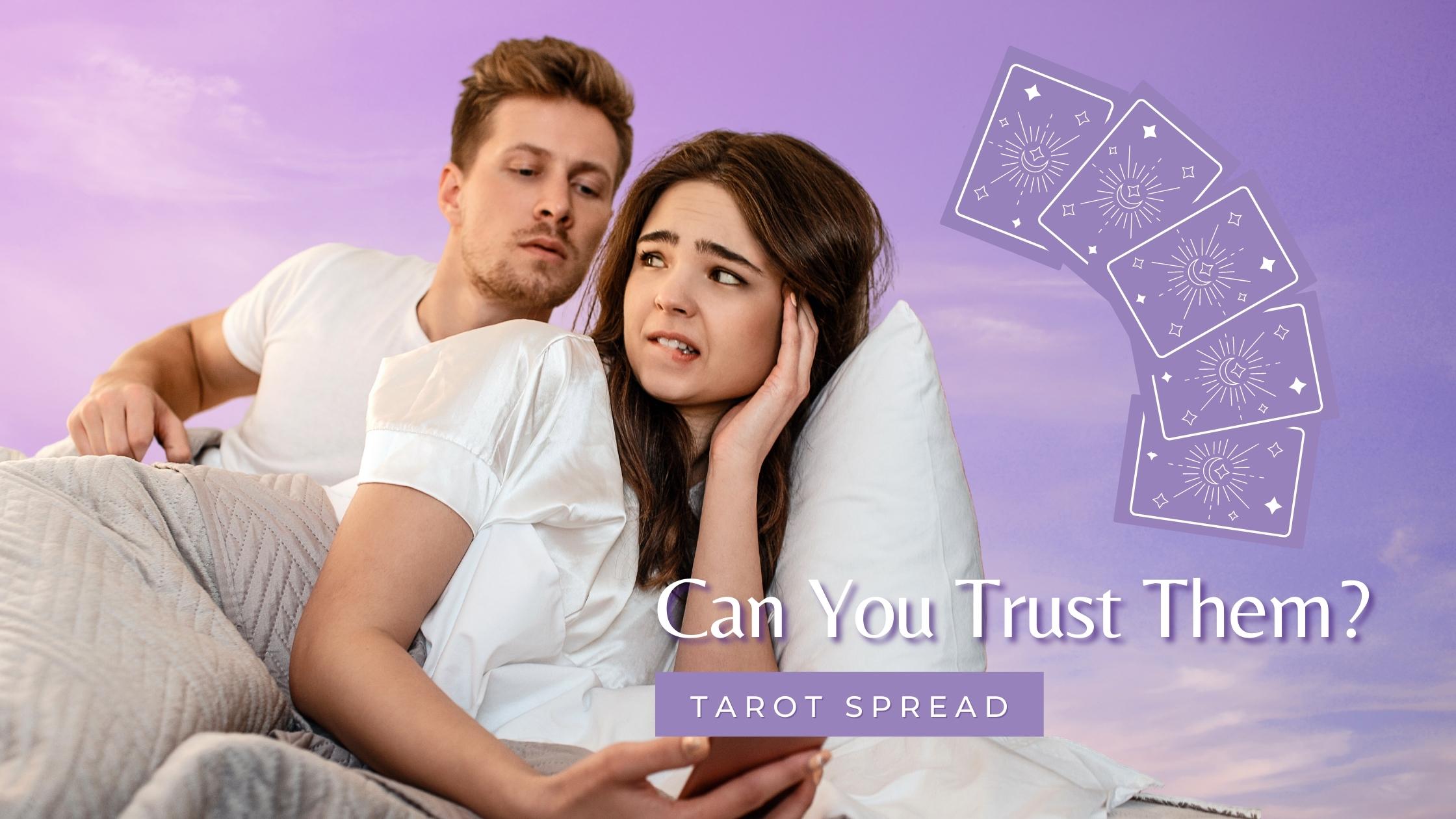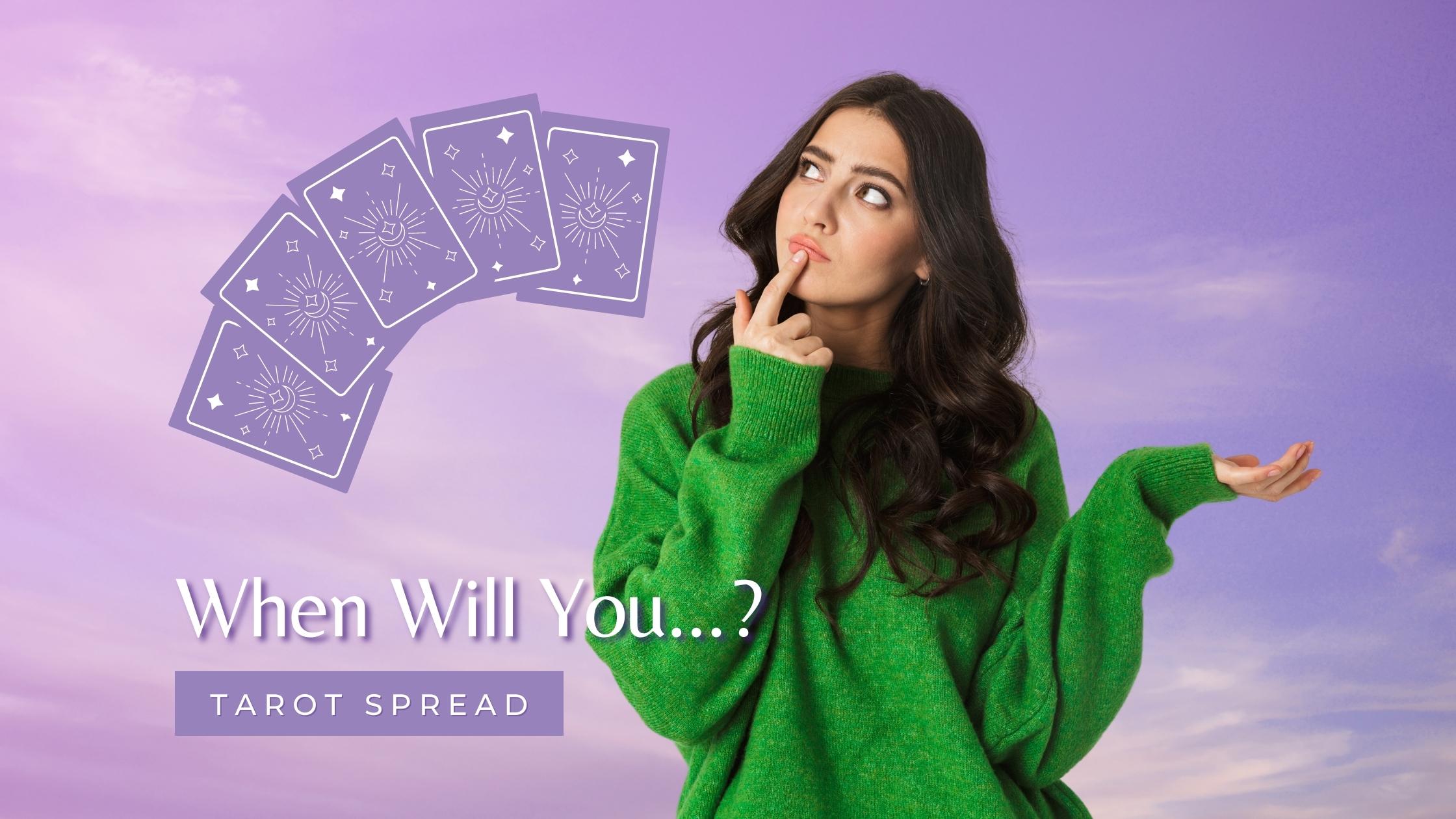Tarot Is Your Cultural Heritage
There’s a good chance if you’re reading this article that you’re from a Western country or you’re deeply inspired by the culture due to history or trade.
You’ve probably also seen movies or heard scary stories of the supernatural essence of tarot. It’s powerful and mysterious — and you can buy a deck to use that power for yourself.
You might even use an app or read one of my 358+ tarot pick a cards on my blog.
But something you may not have considered is that tarot is a cultural inheritance that you have a right to. And it’s time that you recognize it.
Where Pagan and Christianity Collide
Some people argue that Western culture began in Mesopotamia. Others in Athens. Some believe it didn’t really begin until the Roman Empire adopted Christianity in 380 AD.
But regardless of what you think about the beginning of the West, a multitude of cultures inspired the creation of the tarot we use today. And that multiculturism is what mirrors our contemporary non-tarot experience too.
Tarot began as a simple card game at the end of the middle ages, particularly Italy. While it’s possible some people used it for divination, this was unlikely to have been common.
The cards themselves represent elements of Medieval European culture, specifically social classes in the court cards and the division of the suits. You see this influence in regular playing cards today. Pentacles represent the merchants in social class and the diamonds suit in traditional playing cards.
A really good example of this in action is the Three of Pentacles. At first glance, you might assume this is solely a spiritual card due to the church-related elements.
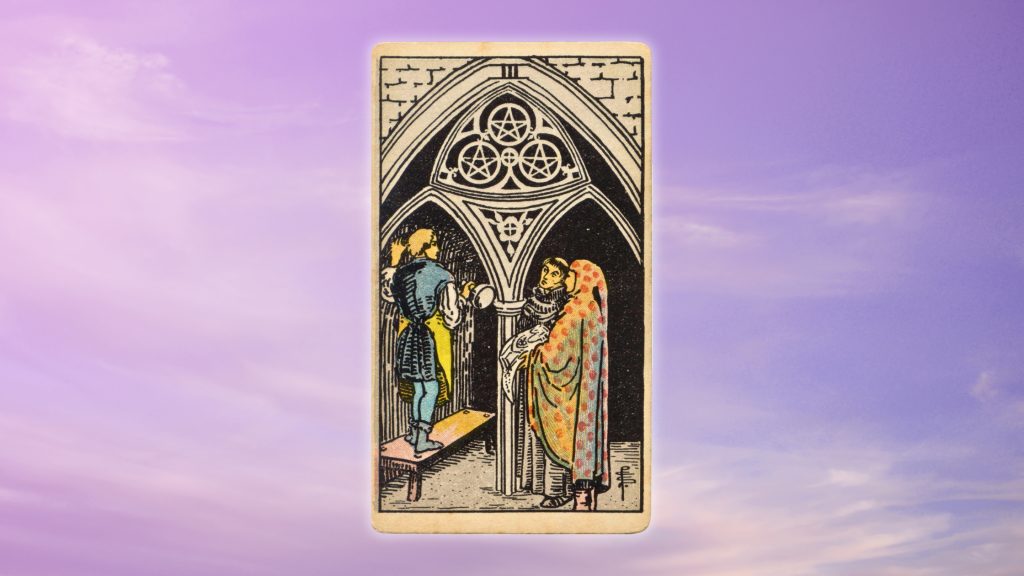
A shallow and perfectly acceptable interpretation of this card is one of cooperation. I’ve also seen it described as the mind/body/spirit card. But there’s more to it than that.
This cooperation creates tangible outcomes. And since this is a pentacles card, it means the social class focus is not on the monk or the nun, but the sculptor. His trade is built on his skill as much as it is on networking.
And yet, this card goes further: it’s based on Western class symbolism, specifically the hierarchal feudal system related to Christian theology. The card’s hierarchy is inclusive as we today seek to be: the sculptor, monk, and nun (sometimes interpreted as a noblewoman or fool) are working together for something higher than themselves.
This is the only pentacles card where the pentacles are not coins. That means it’s about working together for something with a worth greater than money — like a life purpose in many readings.
So you can see how tarot is a symbolic system based on Western culture. It’s a specific period, but that period influences us even today.
Western Symbolism Applied
Tarot is not a historical artifact, but a living tradition that you can use in your everyday life. It also, like the Three of Pentacles card, has spiritual and thus higher implications of purpose. One way it has been described is like this:
Tarot is the yoga of the West. — Robert Wang and Hans-Dieter Leuenberger
It can be a daily practice if you want, sort of like how many Westerners use the yoga asanas to stay fit. However, since yoga isn’t a Western tradition, many are unaware that it’s not just a fitness practice among true yogis. Instead, it’s a full spiritual system that’s more than just the postures.
Tarot is new and generally a supplementary practice for people in the West, but there’s more to it than simple fortunetelling. Some use it for introspection, magick, prompts for creative expression, meditation, Jungian-based therapy, and learning symbolism.
The point being that tarot is a mirror of the West so we find it applicable to our lives in many different situations.
It’s not really a niche practice for the few, but one that mirrors our hopes, fears, and daily lives of all people. And that’s because the cards were designed to reflect the archetypes of the broad culture.
That’s something be proud of because it’s a major achievement and a tradition you can part of yourself.
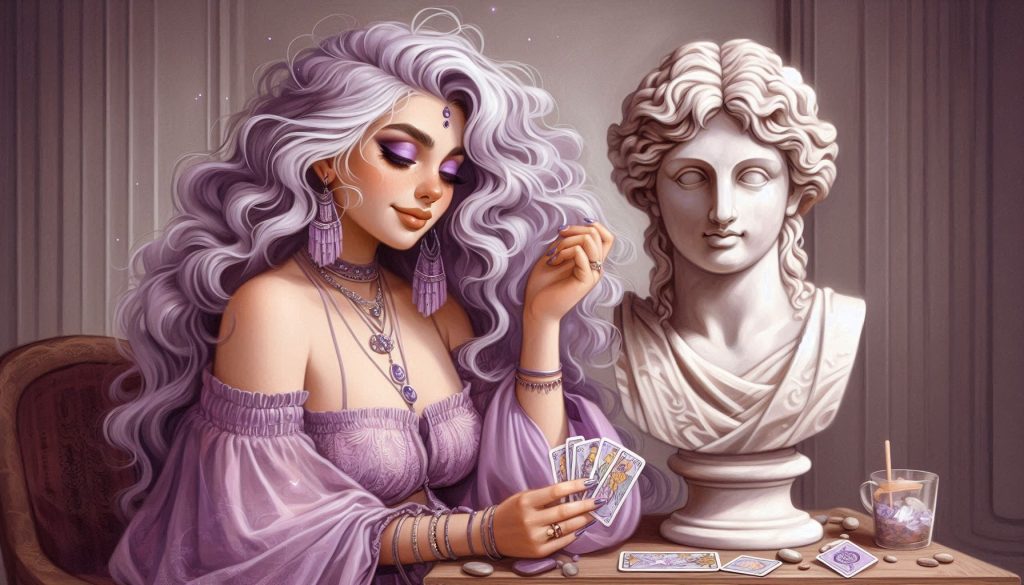
Outside the West
While tarot cards are most common in the West, they’ve begun to spread to countries that weren’t directly connected to Europe in it’s history.
One example I see often is South Korea. Although I’ve never been, I frequently watch Korean dramas, see card decks from Korea, and have Korean tarot readings recommended to me on YouTube.
Fifteen years ago, I almost never saw tarot cards in Korean dramas. Instead, Koreans went to fortune tellers based on traditional practices. But now, characters frequently go to tarot readers or at least mention they went to one in the show.
This means that non-Westerners are finding that tarot resonates with them too. Probably not in the same way (the traditional Rider-Waite tarot has images that would seem as alien to them as Joseon Korea is to Westerners).
But what I think this shows is that tarot, while a Western tradition and based on Western symbolism, tapped into a cultural expression of more universal and primal meaning.
However, it’s more complex than that too.
Modern tarot is based on the Rider-Waite deck. This was developed by the Golden Dawn (and illustrated by member Pamela Colman Smith). The order was created in the late 1800s when Freemasons broke away from the organization to create an esoteric path which syncretized mystical traditions from all over the world. Tarot is a reflection of that goal and itself symbolizes when the world began to truly open up to multiculturalism.
Perhaps that’s why tarot still works when people create decks with new artwork not reliant on the traditional symbols.
So what makes tarot unique as a western inheritance is that it’s the convergence of old and new, meaning it’s something everyone, Westerner or not, should be proud to accept into their lives.
It’s for you. It’s for everyone.
